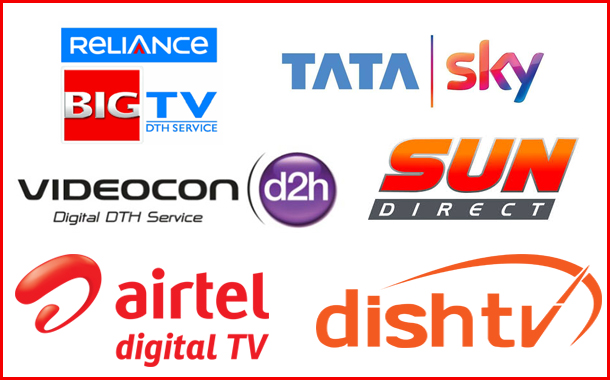New Delhi: The original intention of the TRAI’s new tariff rules was to simplify the process of subscribing to TV channels and empower the consumer with more option to choose what he wants. However, a modification of the rules by the Madras High Court, together with attempts by broadcasters to force consumers to buy all their channels has resulted in an extremely complicated situation with 500-1000 packs to confuse the consumer.
While consumers could easily have dealt with the situation if they could simply choose the channels they were interested in, Broadcasters have tried to ensure that this doesn’t happen by making individual channels considerably more expensive than packs.
In many cases, it would cost more to buy a single channel than to buy a pack that contains that channel. The broadcasters, in other words, have crafted their pricing strategy to force consumers and platform operators to buy all the channels, and not exclude low-quality channels.
The TRAI has approached the Supreme Court against the Madras High Court ruling that has led to the current mess.
For example as part of its strategy, Star has priced its channels relatively high, while tempting customers with bouquets that have been priced more reasonably. But the pricing and packaging of Star becomes difficult for geographically focused players like D2h and Sun Direct, both of which are targeting the South, and to some extent, the East Indian market.
Both the operators now expect Star either to cut the prices of its individual channels or introduce new, smaller packs that do not include channels that are unavailable on D2h and Sun Direct.
The task of bundling the channels was in the hands of Cable Operators who managed to build the packs according to the popular needs of the local consumer of the respective region. Whereas, the New Tariff Regime has diluted their powers and passed on equally to the Consumer and Broadcaster as well. Now, the consumer has to do his own permutation and combination with a-la-cart and package pricing of each Broadcast Network and arrive at a solution to choose the best. However, not many are willing to do the math job, instead expect the DTH and Cable Operators to come out with some simplified process.
With TRAI’s extension of deadline to 1st February, the issue hasn’t reached flashing point. At the same time Consumers expect Broadcasters and Cable Operators to make use of the breathing time to negotiate and reach out for a solution to avoid adverse impact after 1st February 2019.

















